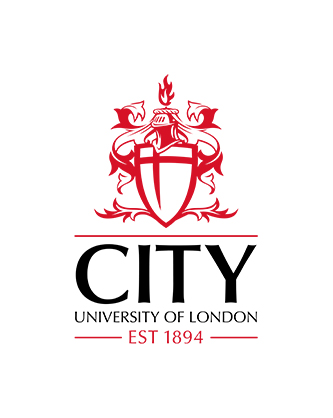Automated vision for identification of silhouette shapes with an application to industrial automation
Koulopoulos, C. (1982). Automated vision for identification of silhouette shapes with an application to industrial automation. (Unpublished Doctoral thesis, The City University, London)
Abstract
The automated interpretation of images from the products of a wide range of industries is a problem of enormous interest, and in particular the machine classification and identification of such two-dimensional images.
To achieve this it is necessary to simulate some of the activities of the human eye-brain mechanism so that a system or machine may be able to recognise patterns or shapes automatically.
The work reported in this thesis is concerned with the development of processing methods for examining silhouette images, with a view to exploiting the methods in the automation of industrial on-line inspection.
Other methods are available for recognising shapes, but their low accuracy, high cost to be constructed and their slow performance make them unacceptable for effective industrial applications.
Recent developments and availability of inexpensive and versatile digital processors, and of high resolution image sensors in the form of self-scanned photodiode arrays, have made automation of this kind of inspection possible.
A simulation experiment to evaluate particular methods developed during the present research work of defining features for silhouettes was carried out. Successful operation of automatic search and learning techniques were also demonstrated. A special interface was designed and constructed incorporating hardware boundary detecting, which speeds the scanning operation of the developed scanning rig from over 25 minutes (as originally) to only 4 seconds per sample under test on average.
A series of experiments and evaluation was performed in which the test scanning rig, which was finally developed and constructed and also interfaced to a minicomputer, was trained to recognise automatically on-line real patterns.
Features of an unknown pattern can be compared with the features of a set of known patterns, named as classes, in order to be identified if they belong to any of these classes. With the "minimum distance" concept, only as many features as are necessary to separate all the classes can be used to identify an unknown pattern.
The system can distinguish between shapes which are larger or smaller by about 4% in size. Also, it distinguishes between left- and right-hand versions of a pattern and at several different orientations.
Further, the system can be evaluated with hundreds of different shapes, something which makes it industrially acceptable.
The above research work was supported by an industrial contract until its completion. Patent applications have been made in connection with several aspects of the present work.
| Publication Type: | Thesis (Doctoral) |
|---|---|
| Subjects: | Q Science > QA Mathematics > QA75 Electronic computers. Computer science |
| Departments: | School of Science & Technology > Department of Computer Science School of Science & Technology > School of Science & Technology Doctoral Theses Doctoral Theses |
Download (65MB) | Preview
Export
Downloads
Downloads per month over past year


 Metadata
Metadata Metadata
Metadata